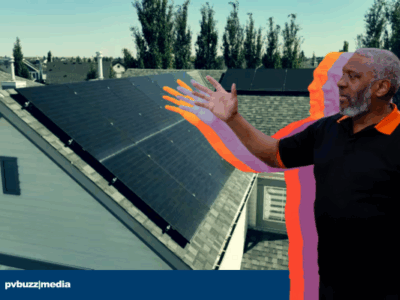INDIANAPOLIS | March 30, 2015 — Can renewable energy be available when customers need it as opposed to only when the sun shines or wind blows?
Storing energy from the sun and wind and using it efficiently on the electric grid will be the focus of new research at Southern Indiana’s Battery Innovation Center (BIC) near the Crane Naval Surface Warfare Center.
Duke Energy and the Indiana Office of Utility Consumer Counselor (OUCC) are partnering with the Battery Innovation Center to advance energy storage research, particularly as it applies to homes and communities. The initiative is part of a 2012 regulatory settlement between the OUCC and Duke Energy.
“Through this new partnership between the OUCC, BIC and Duke Energy, Indiana will continue to grow the public/private partnerships necessary to bring together the talent and resources to make our state a leader in energy storage,” noted Lt. Governor Sue Ellspermann, who made the announcement from the Indiana Statehouse this morning.
Duke Energy is funding $1 million in research at the Battery Innovation Center to study how battery storage can maximize renewable power sources such as rooftop solar panels and small wind turbines and integrate them into the electric grid.
“Electricity is a unique commodity because it must be produced at the exact time it’s needed,” said Duke Energy Indiana President Doug Esamann. “Technology that can store energy is a way to advance renewable energy sources such as wind and solar which are clean, but not always available when power is needed. We believe the research we’re announcing today can pay dividends for our customers in the future.”
The project also includes installing energy storage systems at two schools served by Duke Energy, preferably with renewable energy sources already on site. The systems will test the benefits of energy storage and serve as a living learning lab for students. The schools have not yet been selected.
“At the heart of energy security is having renewable energy available based on demand as opposed to only when the sun is shining or the wind is blowing,” said Battery Innovation Center President David Roberts. “We’ll be able to simulate the electric grid with this project and evaluate hardware and battery options while improving the software that controls smaller-scale renewable generation.”
After the project lab is created, the Battery Innovation Center expects to begin testing this fall. The school programs will begin by winter, and testing will continue into 2016.
“The technology the center will study has the potential to benefit all electric consumers,” said Indiana Utility Consumer Counselor David Stippler. “Promoting the reliability of renewable resources into the energy mix when needed is a crucial element in enhancing the quality of everyone’s daily lives. The center’s research will put consumers a step closer to that reality, which will be good for residential customers, our schools and businesses alike.”












Comments